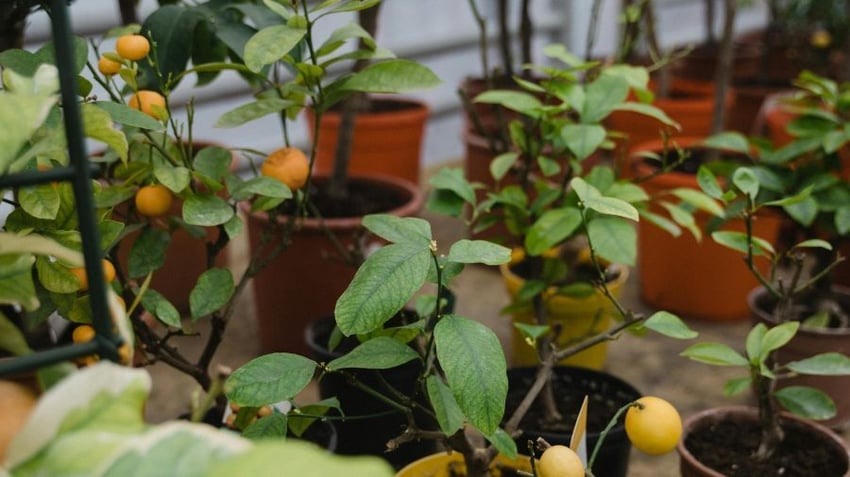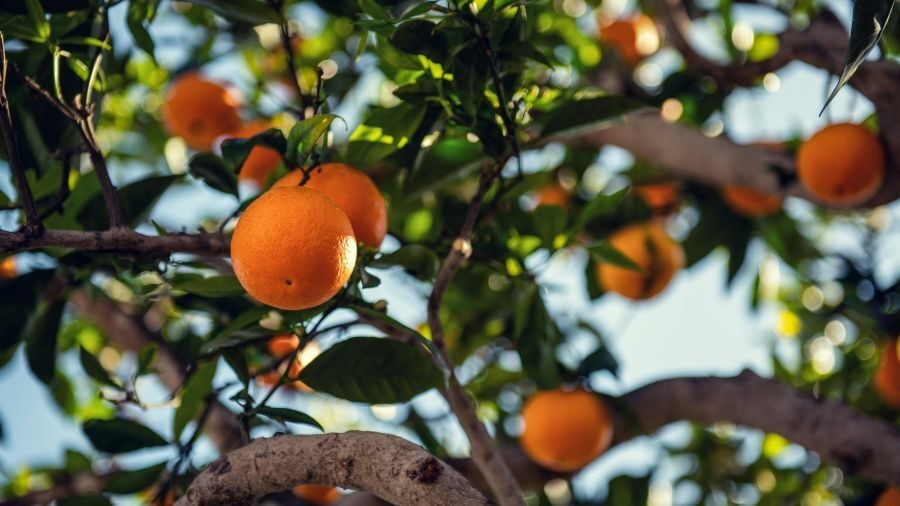The Health and Environmental Benefits of Planting Fruit Trees
Take outs:
- Fruit trees offer tangible health and financial benefits. Growing your own produce means access to fresh, pesticide-free fruit and long-term savings on grocery bills.
- They support the environment and local biodiversity. Fruit trees absorb carbon dioxide, release oxygen, reduce packaging waste, and provide habitats for birds and insects.
- Planting fruit trees enriches your space and lifestyle. Beyond their beauty and shade, they encourage family involvement, hands-on learning, and a more sustainable way of living.
The Health and Environmental Benefits of Planting Fruit Trees
Planting fruit trees in your yard isn’t just about enjoying fresh produce—it’s an investment in your health, your finances, and the environment. Whether you're after homegrown apples, peaches, lemons, or figs, adding fruit trees to your landscape offers long-lasting rewards.

Why You Should Start Planting
Fresh, Nutritious Produce
There’s something uniquely satisfying about picking fruit straight from your own tree. Homegrown produce often tastes better and is more nutritious than store-bought options, and you have peace of mind knowing it’s grown without harmful pesticides or synthetic treatments.
Cost Savings
With rising grocery bills, growing your own fruit can significantly offset costs. Once mature, fruit trees yield produce season after season—saving you money in the long run and adding value to your property.
Environmental Benefits
Fruit trees help clean the air by absorbing carbon dioxide and releasing oxygen. They also boost biodiversity, providing food and shelter for birds, bees, and pollinators. Plus, by growing your own food, you reduce dependence on trucking, packaging, and refrigeration—shrinking your carbon footprint.
Visual Appeal
From fragrant blossoms in spring to lush greenery and vibrant fruit in summer, fruit trees enhance your yard’s curb appeal. Many varieties also provide much-needed shade during hot months, creating a more comfortable outdoor space.
A Learning Opportunity
Planting fruit trees is a fun and educational project for families. It teaches kids about where food comes from and encourages a hands-on connection with nature. It’s a practical step toward more sustainable living.
How to Get Started
The best time to plant fruit trees is typically late winter or early spring, depending on your climate zone. Choose a sunny, well-drained spot with enough room for the tree to grow. No backyard? No problem—dwarf varieties thrive in containers on patios or balconies, making homegrown fruit accessible even in smaller spaces.

With so many benefits—from nutrition and savings to beauty and sustainability—planting fruit trees is a smart choice for any homeowner. Start now, and enjoy the fruits of your labor for years to come.
The information in this article was sourced from AFG. Any advice/information contained in this article is of a general nature only and does not take into account the objectives, financial situation or needs of any particular person or company. Therefore, before making any decision, you should consider the appropriateness of the advice with regard to those matters. The article has been written for general informational purposes only, and is not intended to provide, and should not be relied on for, tax, legal or accounting advice. We encourage you to consult your own tax, legal and accounting advisers before engaging in any transaction. Information in this article is correct as of the date of publication and is subject to change.
Share this
You May Also Like
These Related Stories

Maintaining Work-Life Balance as a Business Owner

Get Summer-Ready While Cutting Emissions and Bills



No Comments Yet
Let us know what you think